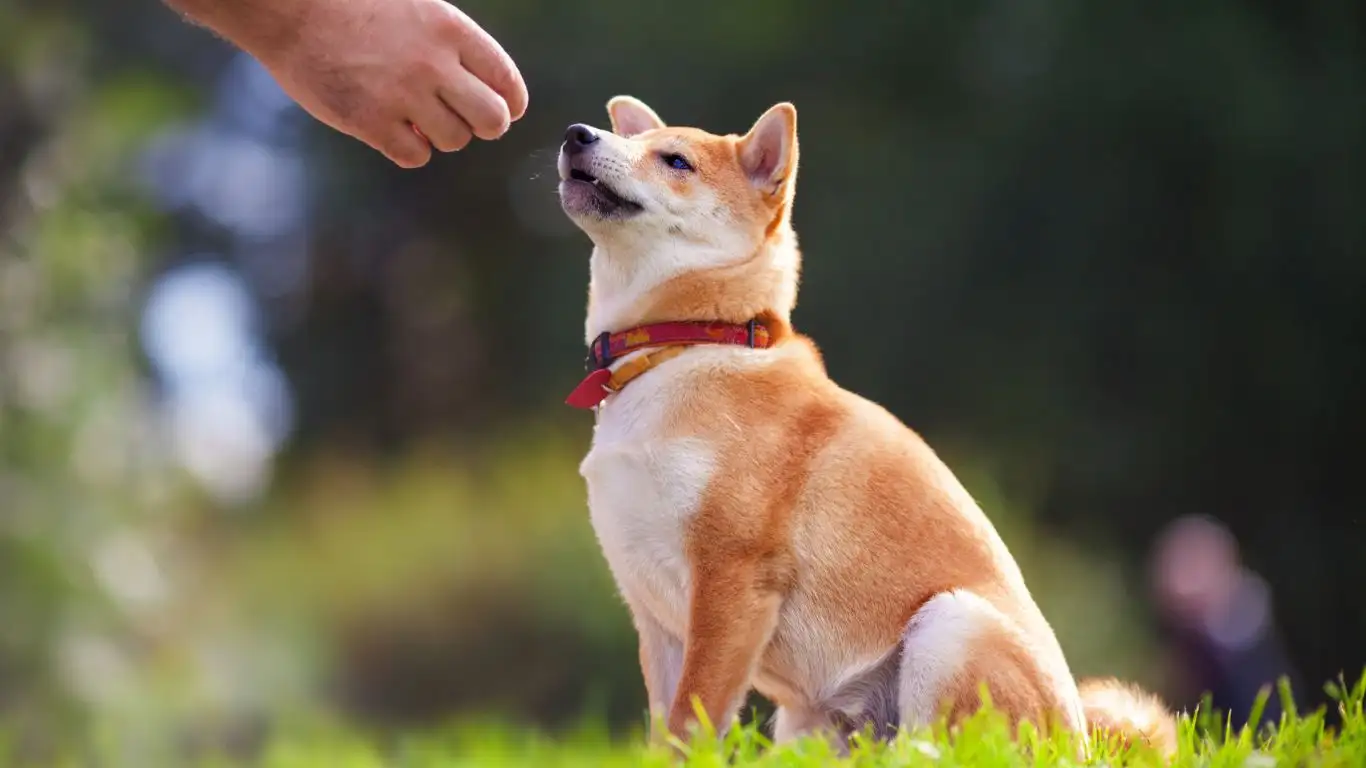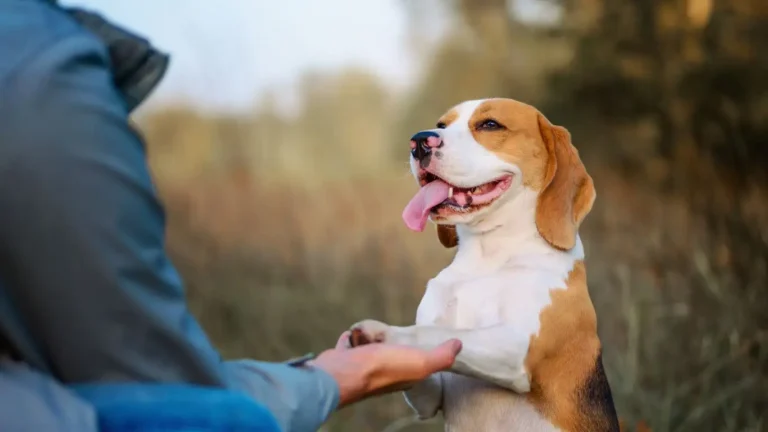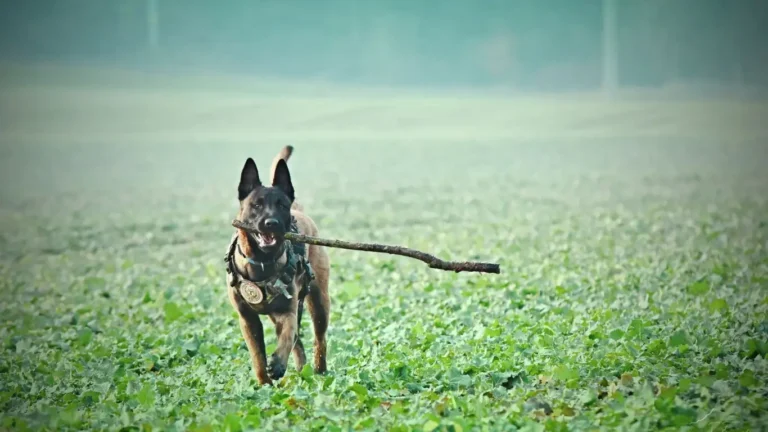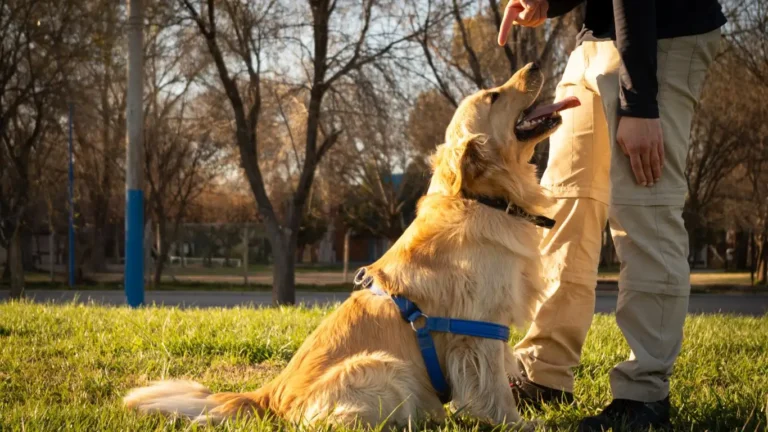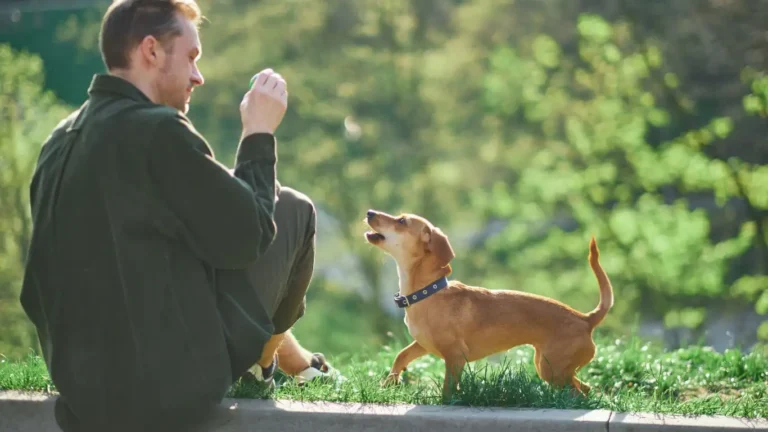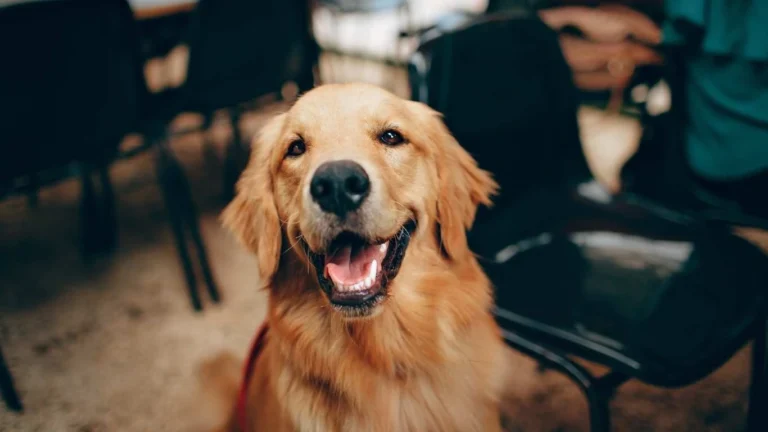Master How to Train a Dog to Accept Different Collars and Harnesses Fast
Training your dog to be comfortable with various collars and harnesses is one of those things that sounds simple—until you’re actually in the middle of it, sitting on the floor with a wiggly pup who seems to think their new harness is a chew toy or some form of canine punishment. If you’re wondering how to train a dog to accept different collars and harnesses, you’re not alone. Over the years as a Canine-Assisted Therapy Trainer, I’ve met plenty of dogs (and even more confused humans) struggling with this. The good news? With a bit of patience, understanding, and the right approach, it’s completely doable—and honestly, pretty fun once you get the hang of it.
Why Collar and Harness Training Matters
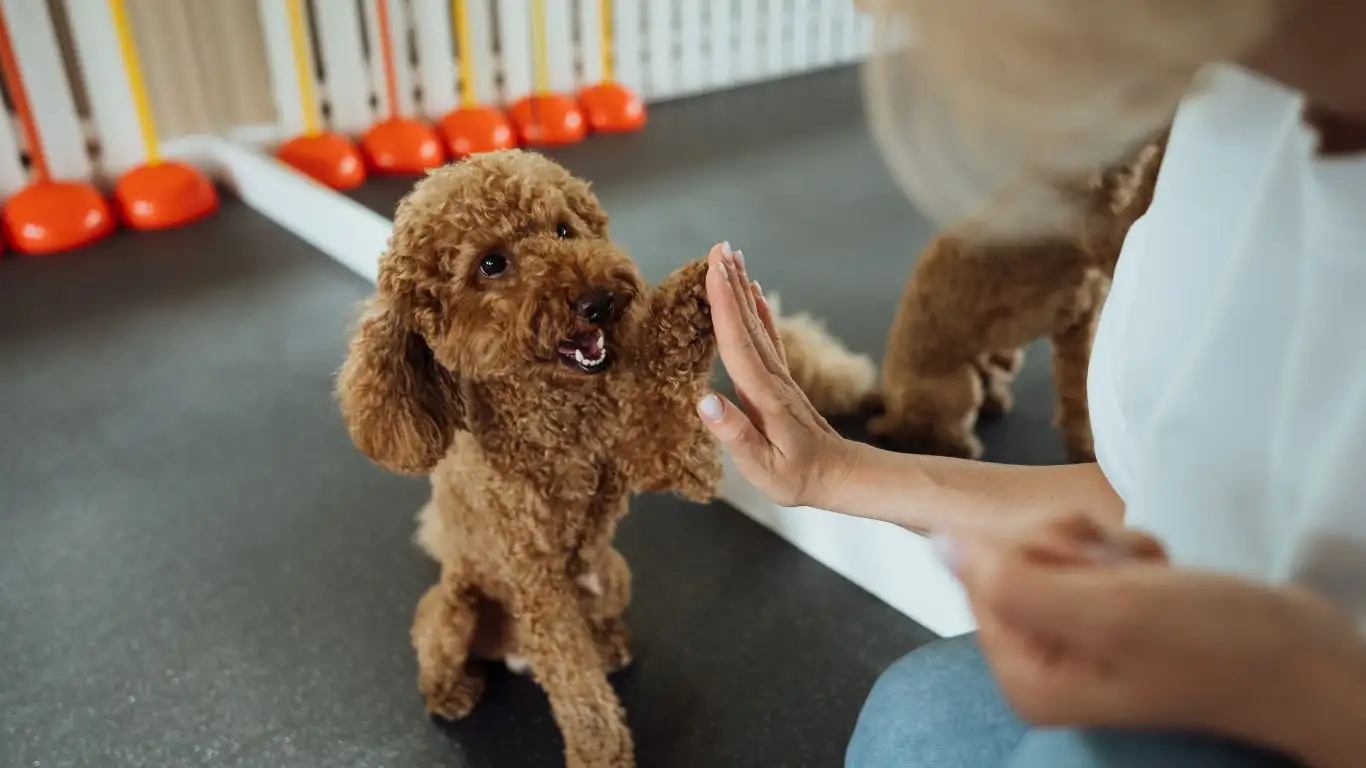
This isn’t just about looks or buying a cute collar with tiny strawberries on it (though, let’s be honest, that’s a plus). Teaching your dog to accept different gear is really about building trust and communication. Whether you’re using a standard flat collar, a martingale, a front-clip harness, or even a head halter, the goal is the same: helping your dog feel secure and relaxed while wearing it.
Dogs are creatures of habit, and something as simple as a change in how a harness fits or feels can be overwhelming—especially for rescues or dogs with a sensitive nature. I once worked with a lovely Lab mix named Daisy who would freeze like a statue every time her owner tried to put on her no-pull harness. Turns out, she had a bad experience with a tight collar as a pup. With some gentle desensitization and positive reinforcement, Daisy went from harness-hater to strutting proudly in her gear within weeks.
Let’s Talk About Comfort and Fit
This might seem obvious, but it’s often overlooked: if the collar or harness doesn’t fit properly, your dog won’t like it—period. You’d be surprised how many people come to me saying, “My dog hates harnesses,” only for me to discover that the poor pup’s gear is either digging into their skin or hanging off like an oversized sweater.
- Collars should allow you to slide two fingers comfortably underneath. Too tight? It’s a no-go. Too loose? You’re asking for a Houdini escape act.
- Harnesses should fit snugly without chafing. Look for red marks under the armpits or chest—that’s a sign it’s too tight or poorly designed.
Also, different activities may call for different gear. A martingale might be great for walks around the neighborhood, but a well-fitted Y-front harness may be more appropriate for trail hikes or therapy visits.
Desensitization: The Secret Sauce to Training Success
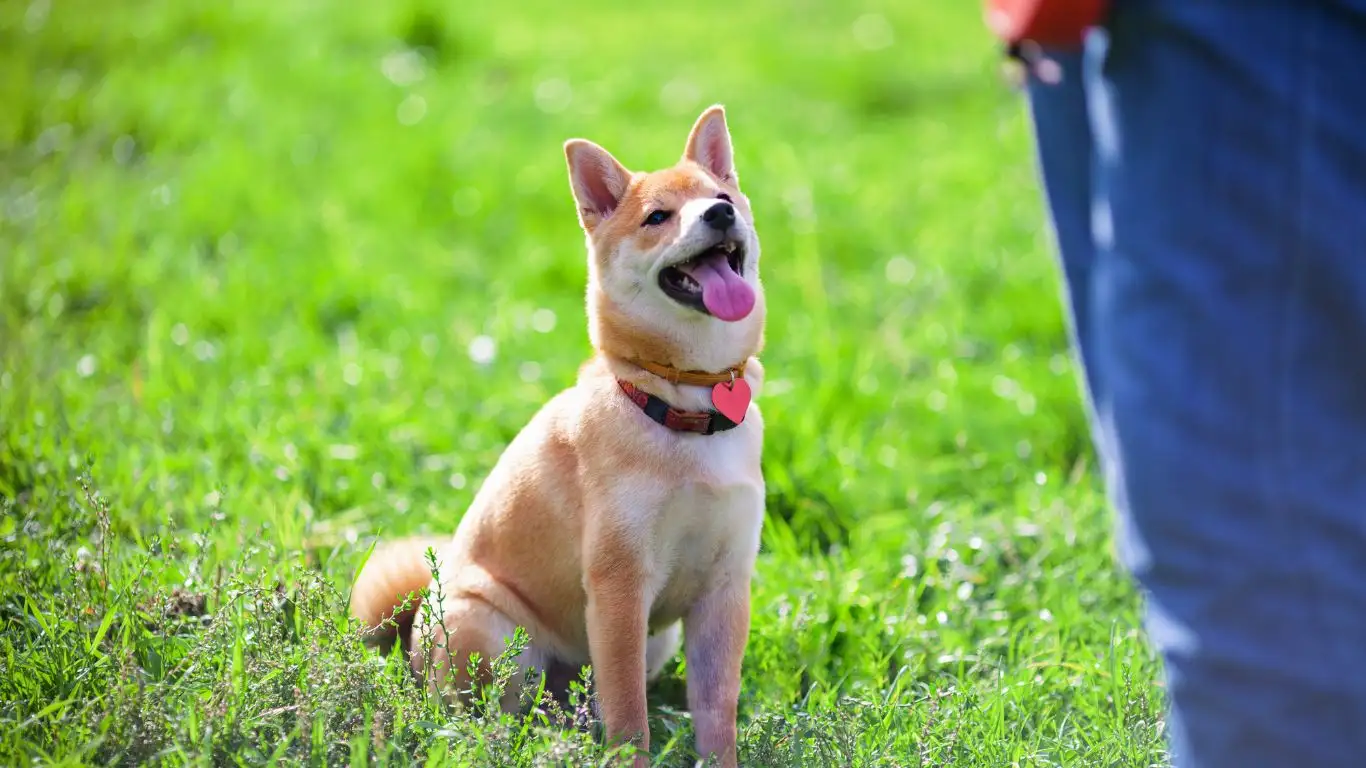
One of the biggest mistakes I see is trying to slap the gear on and hit the pavement right away. Nope. That’s like throwing someone into a pool to teach them how to swim—maybe effective in rare cases, but more often than not, it just creates anxiety. We want the opposite.
Start Slow and Reward Often
Here’s a super simple approach I’ve used with dozens of therapy dog candidates:
- Introduce the gear without putting it on. Let your dog sniff it, investigate it, and associate it with good things. Treats, baby!
- Touch, don’t wear. Gently touch the collar or harness to your dog’s body while offering praise or treats. Keep sessions short and positive.
- Partial wear. Slip it over their head or around their body for just a few seconds, then remove. Again, reward.
- Gradually increase wear time. Add duration a few seconds at a time. Let them wear it while doing something fun—like playing or eating dinner.
I had a Golden Retriever, Max, who used to run and hide the moment he saw his harness. We took this slow-and-steady approach, and within a week, he’d practically bring the harness to his owner because he knew good things were coming. That’s the magic of desensitization and reward-based training.
Know Your Dog’s Personality
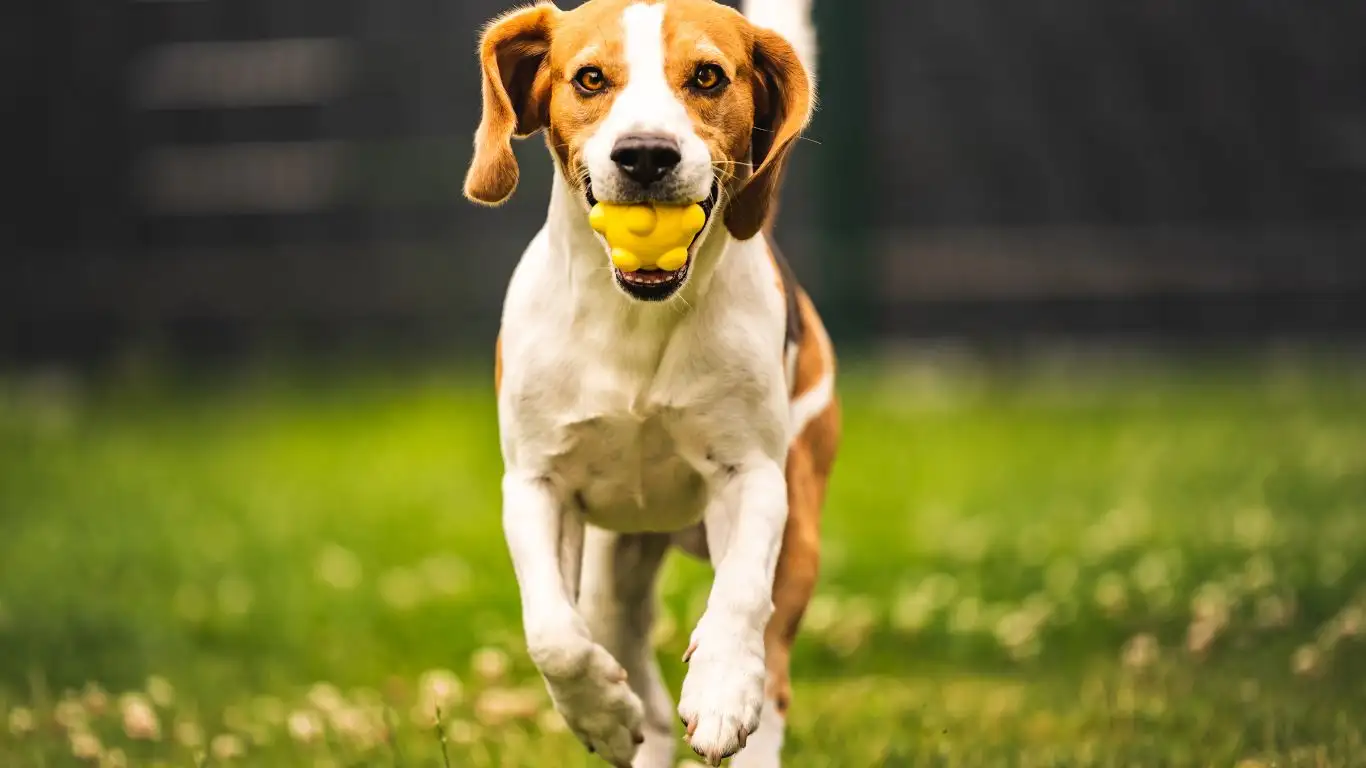
This is where your experience with your pup comes in. Some dogs are sensitive to touch. Some are nervous about anything new. Some are bold and curious and will wear anything you hand them. And some… well, let’s just say they’re divas. (Looking at you, Frenchies.)
If your dog tends to be timid, go extra slow. Use calming signals—soft voice, slow movements, and maybe even a calming spray or diffuser if needed. If your pup is a confident explorer, you might be able to move through the steps a little faster.
Watch for Signs of Stress
Dogs will tell you how they feel if you know what to look for. These signs mean you need to back up a step:
- Yawning (when not sleepy)
- Licking lips excessively
- Turning away or avoiding eye contact
- Freezing or sudden stillness
- Scratching at the harness or collar
Listen, I’ve been there. You’re excited to get out the door and hit the park, but rushing this process only backfires. Take the time now, and you’ll set the foundation for a lifetime of stress-free walks and adventures.
Making Gear Changes Easier for Sensitive Dogs
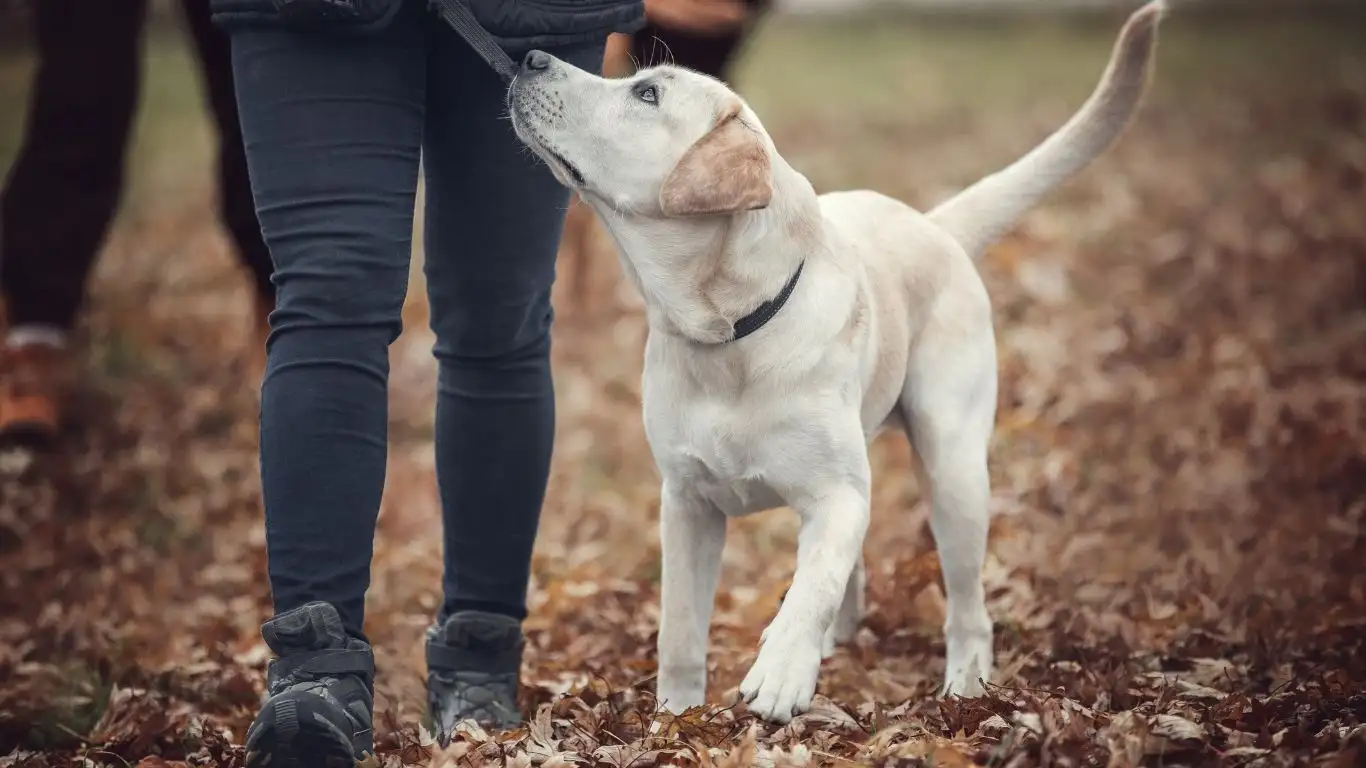
Okay, so you’ve gotten your pup used to their usual collar or harness, but now you want to switch it up—maybe try a different style, or introduce a vest-style harness for cooler weather. That’s when things can get a little dicey. How to train a dog to accept different collars and harnesses isn’t just a one-and-done skill—it’s an ongoing process, especially for sensitive or anxious dogs.
Dogs don’t generalize as well as we think. Just because your dog is chill with their mesh step-in harness doesn’t mean they’ll instantly love a new tactical-style harness with buckles in weird places. I’ve had clients come to me frustrated, saying, “But she already wears a harness!” Yep, but to your dog, this new one is a totally foreign object. Makes sense when you look at it from their perspective.
Use Old Associations with New Gear
Here’s a simple trick I use all the time: pair the new gear with the same positive cues you used with the original one. If you always said, “Let’s gear up!” in an upbeat tone before a walk, use that phrase again. Keep the routine the same—same spot in the house, same sequence, same happy energy.
- Lay the new collar or harness near their favorite toys or bed
- Let your dog sniff and inspect it at their own pace
- Reward curiosity—sniffs, paw touches, even a glance
One of my dogs, a super sweet but slightly dramatic Sheltie named Skye, once refused to even go near a new reflective harness I bought. It crinkled a little when I picked it up, and that was enough to make her give me the side-eye of doom. I left it out near her favorite snuffle mat for a few days, didn’t make a big deal, and rewarded her every time she went near it. Within a week, she was sticking her head through the loop without hesitation.
Let Your Dog Choose—Yes, Really
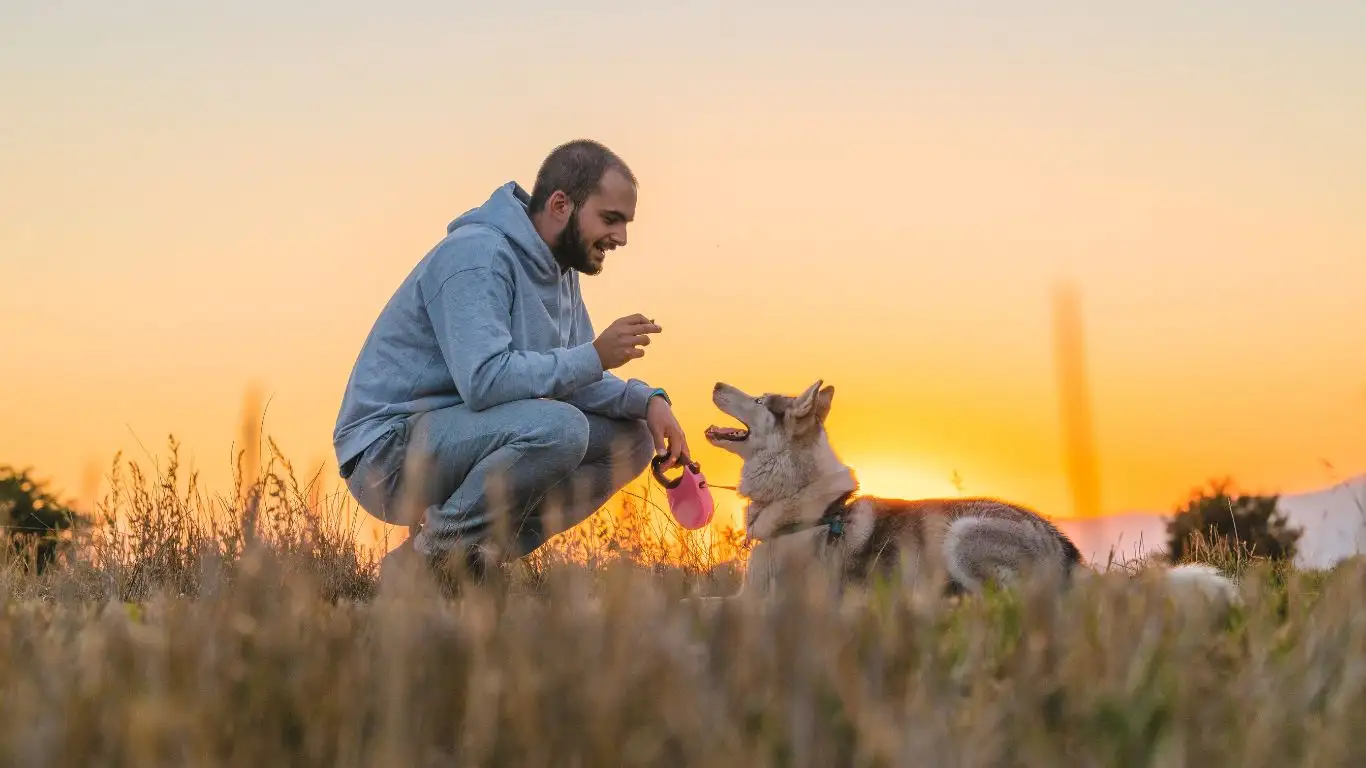
This might sound a little “woo-woo,” but giving your dog some choice can work wonders. When working with therapy dogs, I often let them pick which harness they seem more comfortable with—especially when introducing new styles. I’ll hold out two types, let the dog sniff both, and watch for subtle signs of preference. You’d be surprised how often a dog will gravitate toward one.
Not every pup is going to be opinionated, but if you notice your dog leaning into one harness more than another—or pulling back from a certain texture or buckle sound—pay attention. That’s valuable feedback.
Don’t Rush Transitions
Just like switching up food, switching gear should be gradual. If you’ve been using a flat collar and want to move to a front-clip harness to help with pulling, don’t ditch the collar cold turkey. Alternate for a few walks. Let your dog wear both around the house. Make the harness a casual part of life before it becomes the new norm.
This not only builds trust but keeps you from running into behavior regressions. Trust me, I’ve seen dogs go from walking like champs to flopping over like fish on dry land just because the wrong gear was introduced too quickly.
Training Games That Reinforce Positive Gear Associations
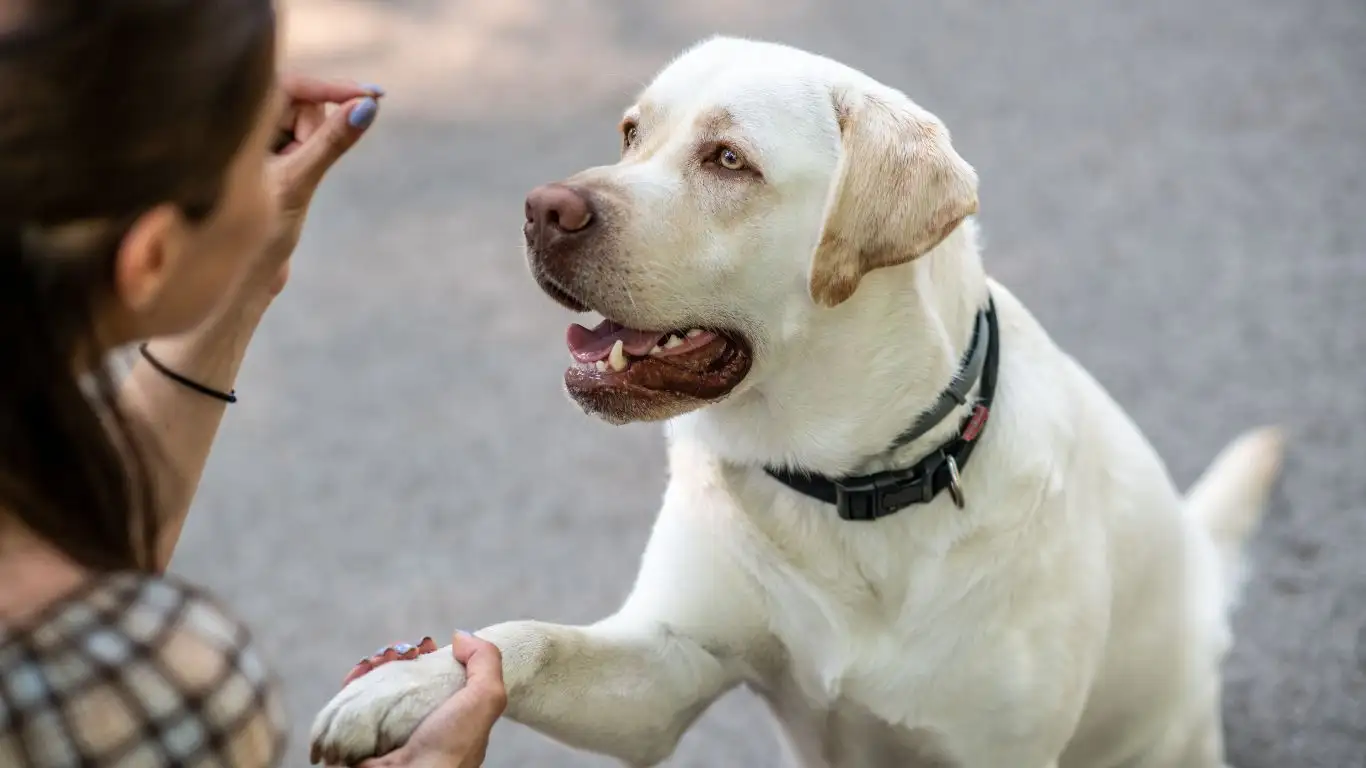
Training doesn’t have to be all structure and seriousness. In fact, the more fun you make it, the faster your dog will learn. Here are a few quick games I love using during gear transitions:
1. The “Collar Touch” Game
- Hold the collar or harness in your hand
- Encourage your dog to boop it with their nose or paw
- Click or say “Yes!” and treat
This creates a positive link to the object itself. The dog starts to see the gear as something that earns rewards just for interacting with it. Easy win.
2. Head-Through Hoop Game
- Hold the harness open like a hoop
- Use a treat to lure your dog’s head through it—no forcing
- Once through, big praise and treat party
I had a Border Collie named Ziggy who LOVED this game. Eventually, she started sticking her head through the harness the second she saw it. That’s exactly the kind of enthusiasm you want.
3. Dress-Up Dinner
- Put the new gear on right before a meal or a high-value chew
- Let your dog wear it casually without any pressure
Eating is a naturally calming activity for dogs, and pairing it with wearing the new collar or harness helps them relax and build positive associations.
When Things Don’t Go As Planned
Look, not every training session is going to be a win. Some days your dog will surprise you—in good or frustrating ways. If your pup suddenly resists putting on their gear, don’t take it personally. Dogs have moods, off days, and sensitivities we can’t always predict.
That said, if your dog consistently struggles with any specific type of gear, it might be worth talking to a certified trainer or even a vet to rule out pain, past trauma, or other issues. I’ve had cases where a dog resisted a certain harness because it pressed on an arthritic shoulder. Once we swapped to a different design, the dog’s behavior changed overnight.
Keep It Positive, Keep It Personal
Every dog is different. What works like magic for one might totally flop for another. The beauty of training is in the journey, not some perfect end result. You’re building a relationship of trust, and every session—good or bad—is part of that story.
I always tell my clients: celebrate the small wins. Today your dog sniffed the new harness without bolting? Awesome. Tomorrow, maybe they’ll wear it for 30 seconds. Step by step, you’re helping them feel confident and cared for, and that’s what training is really about.
Real-World Practice: Taking Collar and Harness Training Outside

Now that your dog is getting comfortable with wearing different collars and harnesses indoors, it’s time to level up: the great outdoors. This is where many people hit a roadblock. Your pup might be fine wearing a harness inside, but once they’re out the door? Suddenly, they freeze, scratch at it, or do the infamous backward alligator roll.
I always say this: how to train a dog to accept different collars and harnesses doesn’t stop at home. The real training happens when you step into the world—with its smells, distractions, and surprises. It’s also where your consistency pays off in a big way.
Take It One Step at a Time—Literally
Start small. I recommend beginning with quiet, familiar areas like your backyard, driveway, or even a quiet sidewalk close to home. Let your dog wear the new gear while doing a super short, low-stakes walk. Think 3-5 minutes tops.
- Bring high-value treats (like cheese cubes or shredded chicken)
- Reward frequently—every few steps at first
- Talk to your dog in a happy, encouraging voice
Don’t be surprised if your dog moves a bit stiffly at first. That’s normal. Just observe their body language and adjust. One of my past clients had a senior rescue dog who would only walk when wearing her original pink collar. We slowly introduced a padded harness during short sniff-walks, and after a couple weeks, she didn’t even blink when we swapped them out.
When to Use Which Gear
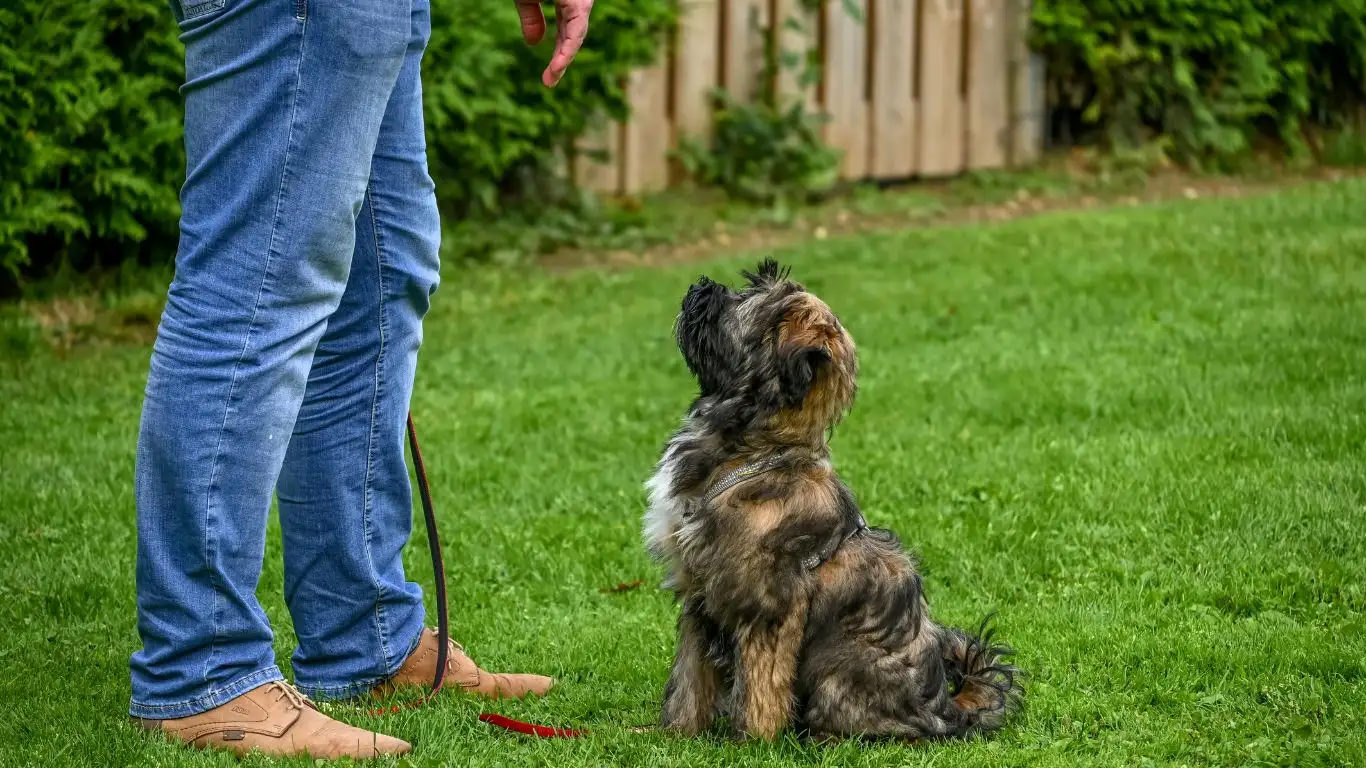
Here’s a question I get from almost every dog parent: “Do I really need more than one collar or harness?” The answer is—it depends. But in many cases, yes. Each type of gear has a purpose, and knowing when to use what gives you flexibility and improves your dog’s comfort.
Types of Collars and Harnesses and When to Use Them
- Flat Collars: Great for holding ID tags and casual walks with dogs who don’t pull.
- Martingale Collars: Ideal for training and for dogs with narrow heads (like Greyhounds) who slip out of regular collars.
- Front-Clip Harnesses: Excellent for redirecting pullers and providing more control during walks.
- Back-Clip Harnesses: Good for dogs who walk nicely on a leash and need comfort more than control.
- Vest Harnesses: Best for therapy dogs or dogs with anxiety—snug, secure, and often calming.
It’s not unusual for my therapy dogs to have a “gear closet” with multiple options, depending on where we’re going. A lightweight, breathable harness for summer walks, a reflective one for evening therapy visits, and a padded harness for long walks or travel days. It’s all about adapting to your dog’s needs.
Common Mistakes to Avoid
Even the most well-meaning dog owners make mistakes when introducing new gear. Here are a few I see all the time—and how to avoid them:
- Rushing the process: Remember, every dog learns at their own pace. Respect that.
- Using gear as punishment: Never put on a harness or collar right after scolding or during a stressful moment. That creates a negative association.
- Skipping fit checks: A harness that’s too tight or rubs the wrong way will always cause issues. Check fit regularly, especially as your dog grows or changes weight.
- Not associating the gear with good stuff: If the only time your dog wears their harness is when going to the vet? You can bet they’re not going to love it.
And here’s a little personal one: I once mistakenly adjusted a chest strap too low on one of my foster dogs. He was constantly itchy and fidgety. I thought it was just the newness, but turns out the harness was sitting right on a pressure point. After readjusting it just an inch higher? Problem solved. It was a great reminder that comfort is key.
Collar and Harness Acceptance Is an Ongoing Journey
Just like humans don’t wear the same outfit every day (well, most of us), dogs benefit from variety and fit. But comfort, familiarity, and positive associations must lead the way. Whether your dog is joining you for a therapy visit, a hike, or just a trip to the café patio, they need to feel secure and confident in what they’re wearing.
And honestly, that comes down to you—your patience, your observation, and your willingness to make training part of everyday life, not a chore. Trust me, your dog notices. The bond you build during these little sessions is just as important as the end goal. Maybe even more so.
References
Disclaimer
This content is based on my personal experience as a Canine-Assisted Therapy Trainer and is intended for informational purposes only. It does not replace professional veterinary advice, diagnosis, or treatment. Always consult with your vet or a certified trainer before making major changes to your dog’s training or gear routine.
